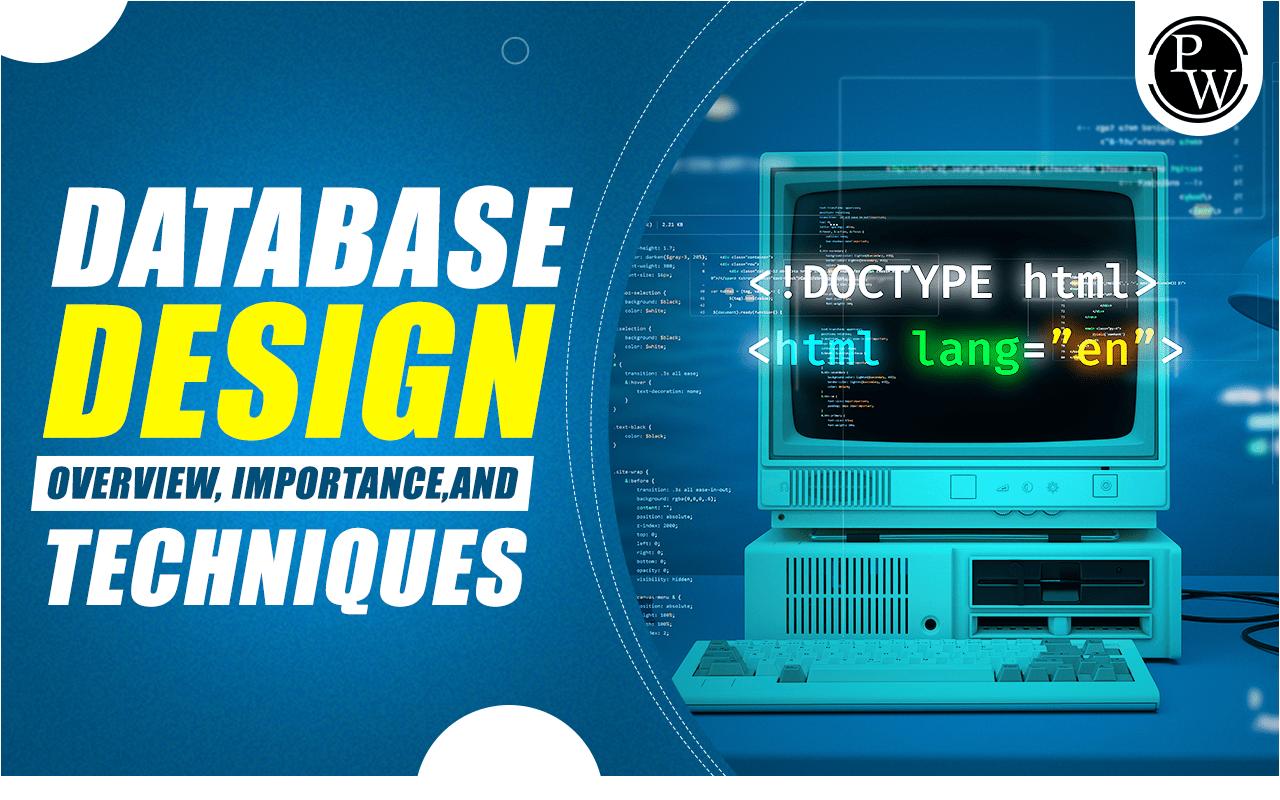Think of a database design as a digital treasure chest—a collection of files and records neatly organized and managed by a clever piece of software called Database Management Systems (DBMS).
In the old days, we relied on clunky files to store data, but those had limitations. They couldn’t keep up with the demands of modern data handling. That’s where DBMS came to the rescue.
The DBMS revolutionized how we store and manipulate data. It outperformed files in accuracy, making it a preferred choice for businesses. Imagine building a house without a blueprint—it would be chaos.
Similarly, a database needs a blueprint to ensure data is stored in an organized and efficient manner. This blueprint is what we call a database design, and it’s brought to life using a DBMS.
- Decode DSA with C++
- Full Stack Data Science Pro Course
- Java For Cloud Course
- Full Stack Web Development Course
- Data Analytics Course
Key features of a database design
Efficiency: Without it, your database could become messy and inefficient.
Simplicity: A well-designed database ensures that writing queries (those commands to extract data) is straightforward and user-friendly.
No Redundancies: Good database design eliminates data redundancies, a fancy term for unnecessary data duplication.
Accuracy: It maintains data accuracy, so you can trust the information you retrieve.
A good database design is the backbone of effective data management. It’s your blueprint for success in the digital world.
PW Skills Provide Various Platform
Frequently Asked Questions
Q1. What’s the importance of database design, and what is it?
Ans. An Introduction to database design, importance, and techniques, Astera The development of databases is a set of steps that help businesses develop, implement, and maintain their data management systems. The primary purpose of designing a database is to produce physical and logical models for the proposed database system.
Q2. What’s the technique for designing a database?
Ans. Database design is how you organize data according to a database model. What information is to be stored, as well as how data elements are interconnected, shall be determined by the designer. The data may begin to be grouped into a database model employing this information. A database management system will manage this data.
Q3. What’s the overview of the design process for the database?
Ans. An analysis of requirements, identification of entities and relationships, normalization of data, and creation of a database model are part of the five steps needed to carry out the Database Design process.
Recommended Reads
Data Science Interview Questions and Answers
Data Science Internship Programs





